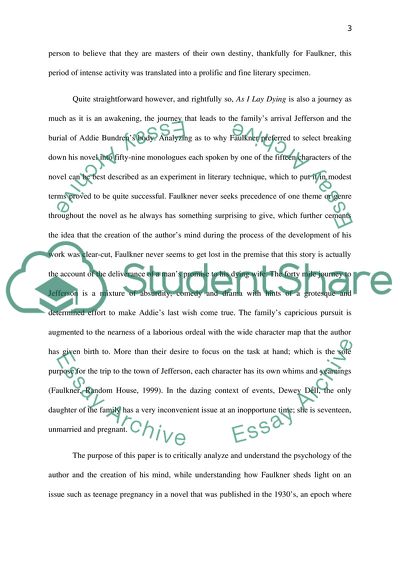Cite this document
(As I Lay Dying by William Faulkner: Teenage Pregnancy Term Paper - 2, n.d.)
As I Lay Dying by William Faulkner: Teenage Pregnancy Term Paper - 2. https://studentshare.org/literature/1796922-teenagers-and-pregnancy
As I Lay Dying by William Faulkner: Teenage Pregnancy Term Paper - 2. https://studentshare.org/literature/1796922-teenagers-and-pregnancy
(As I Lay Dying by William Faulkner: Teenage Pregnancy Term Paper - 2)
As I Lay Dying by William Faulkner: Teenage Pregnancy Term Paper - 2. https://studentshare.org/literature/1796922-teenagers-and-pregnancy.
As I Lay Dying by William Faulkner: Teenage Pregnancy Term Paper - 2. https://studentshare.org/literature/1796922-teenagers-and-pregnancy.
“As I Lay Dying by William Faulkner: Teenage Pregnancy Term Paper - 2”. https://studentshare.org/literature/1796922-teenagers-and-pregnancy.


